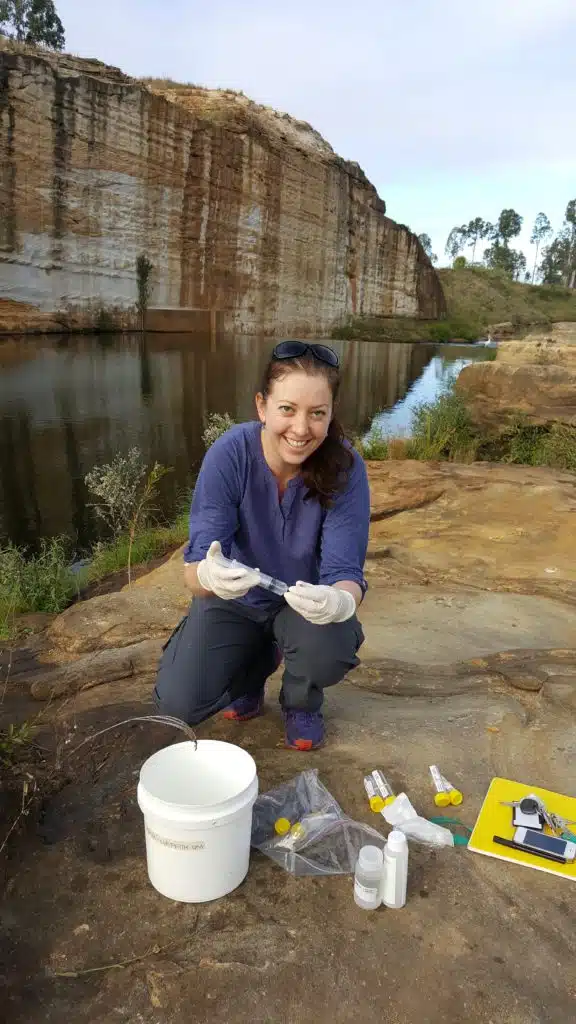Researchers are using naturally occurring algae to trace the source of nutrients polluting our rivers and bays.
“We all love to visit our rivers and bays but when it rains and floods, soil is washed from forests, farmland and urban areas and pollutes these waterways. Algae are an important part of these ecosystems, but nutrients washed in with the soil can make them grow rapidly and bloom,” says Dr Hannah Franklin from Griffith University.
“Now we are using these algae to find out where the nutrients are coming from, what role soils play, and what the effect is on blooms.
“Using our new method we can simultaneously screen many different types of soil, from different locations or land use areas in a catchment.”
Researchers can then rapidly identify the origin of the worst pollution so that funds can be targeted to restoration of identified hotspots, such as planting trees to reduce soil erosion.
“This project was a collaboration with Queensland Government, Department of Environment and Science, and ongoing work is applying this method to target catchment restoration of the Great Barrier Reef,” Dr Franklin says.





 Fresh Science is on hold for 2022. We will be back in 2023.
Fresh Science is on hold for 2022. We will be back in 2023.